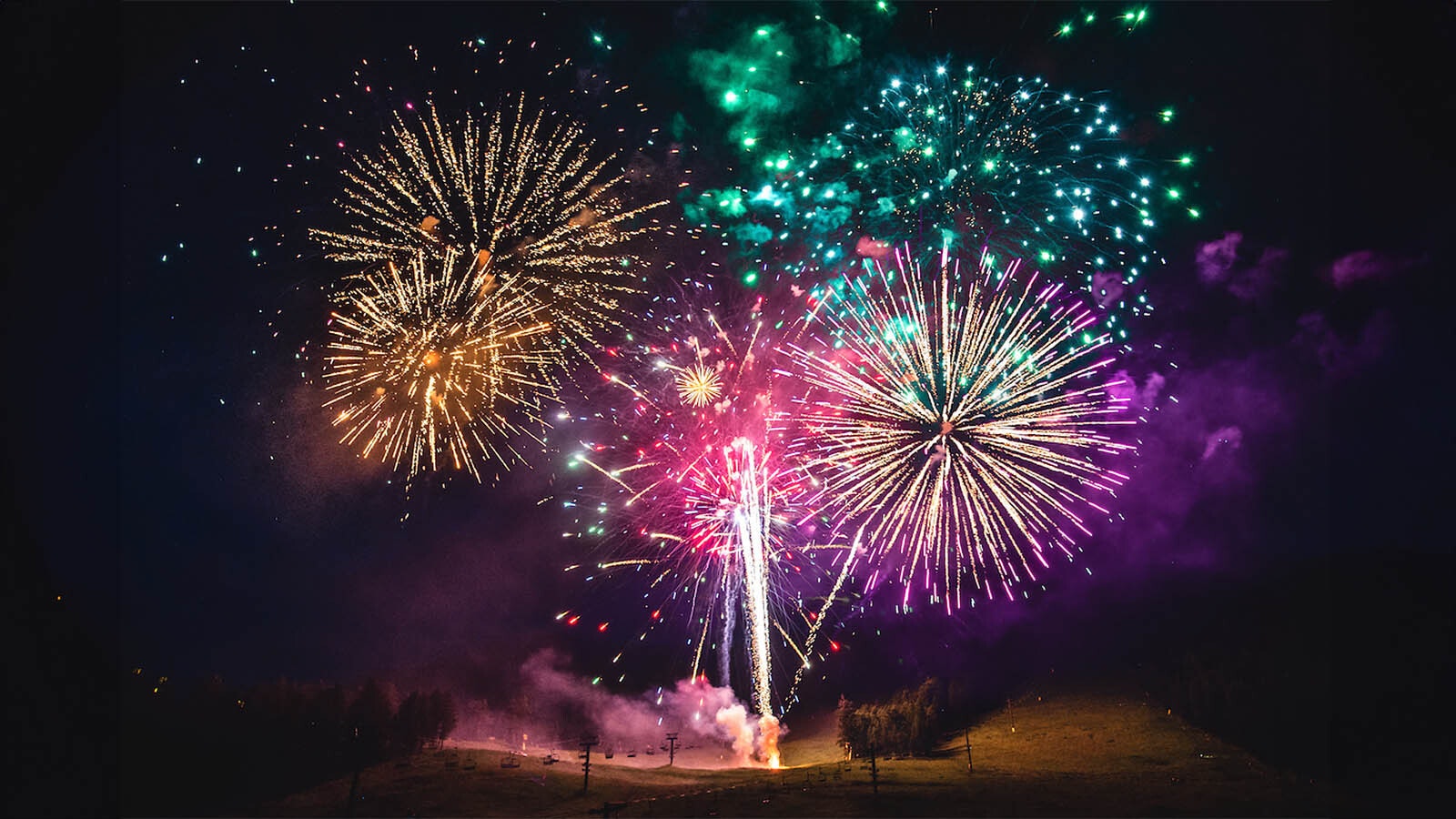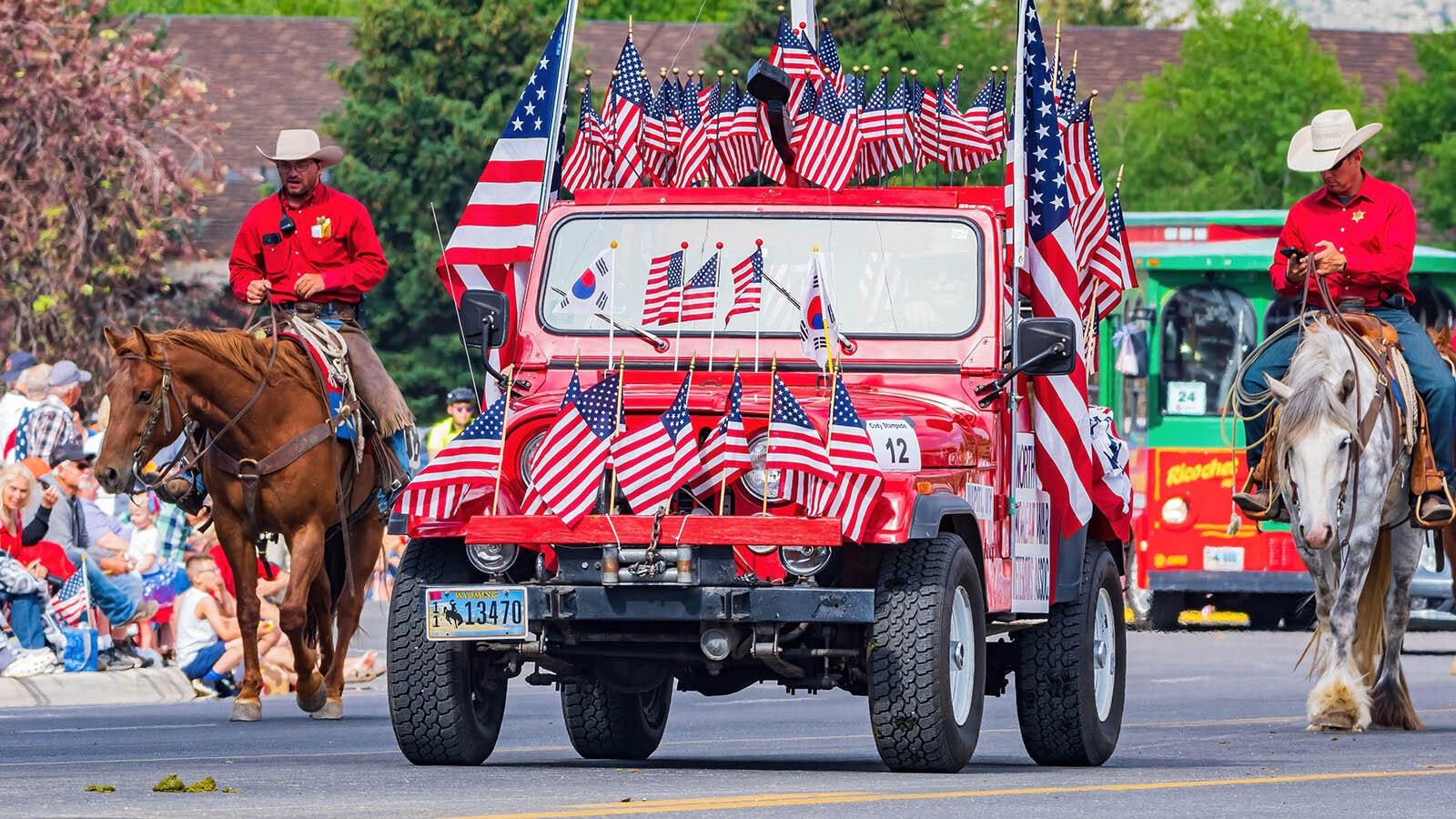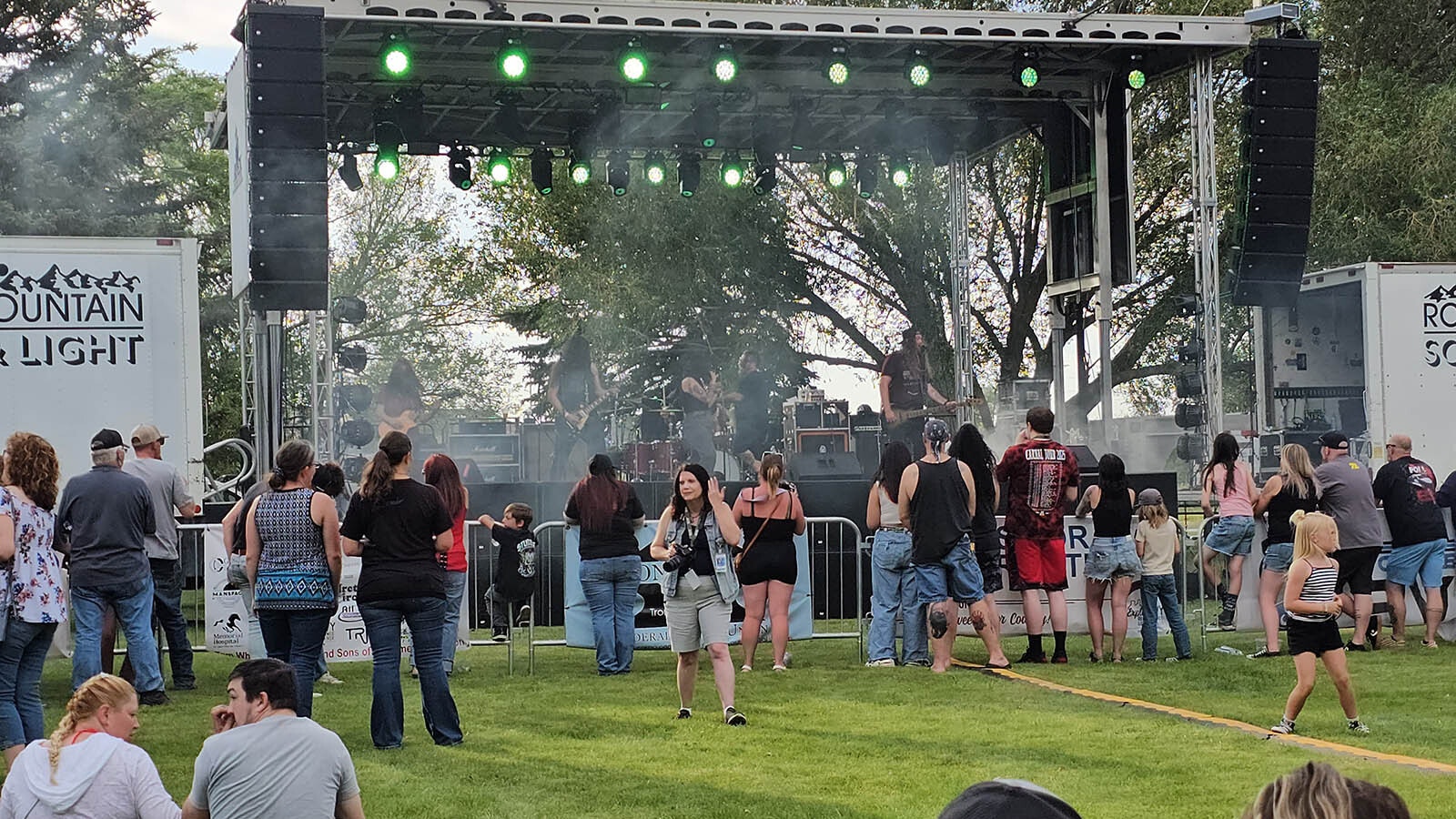Snow covered the ground and it was cold at dawn Nov. 29, 1864, when the 3rd Regiment Colorado Volunteer Cavalry commanded by Col. John Chivington rode into the camp Cheyenne Chief Black Kettle had established along Sand Creek north of the Arkansas River in southeast Colorado.
“They approached the camp,” according to Northern Arapaho Tribal Historic Preservation Officer Ben Ridgley, “and caught our people off guard.”
Black Kettle had been told where to camp by military leaders at Fort Lyon; he even had an American flag flying near his tent. The Arapahos “figured they were at peace and they wasn't going to be bothered by any military,” Ridgley said.
Instead, “Soldiers came upon us from all sides … shots went through my shield, but I was not hit. … I saw many women and children dead and dying,” recalled Little Bear, a Cheyenne warrior who was in the camp that included both Arapaho and Southern Cheyenne people.
In the summer of 1864, small raids by tribal members led to some settler deaths in Colorado. In response, Colorado’s territorial governor ordered formation of the 3rd Regiment Colorado Volunteer Cavalry commanded by Colonel Chivington. These troops had a 100-day enlistment, and that period was nearly over. They had seen no action, earning the nickname “The Bloodless Third.”
That all changed with their early morning attack at Sand Creek.
Chivington’s attack came upon order of Gen. Samuel Curtis, the Army Department commander, Department of the Missouri. He did not want peace made with the Cheyenne or Arapaho tribes.
Arapaho ancestors of Ben Ridgley were in the camp set by Cheyenne Chief Black Kettle. “Our tribes wanted peace,” Ridgley said.
Linwood Tall Bull is a descendant of the Cheyenne Dog Soldier Warrior Society Leader Little Wolf. He is a big man who speaks quietly. The hurt and pain of the attack at Sand Creek upon the Cheyenne people remains when Tall Bull talks of the event, which he heard about from his grandmother.
It Made The Warriors Cry
The soldiers “did some horrendous things” to the Cheyenne and Arapaho people that day, Tall Bull said. Hearing of the atrocities committed, “many of the warriors would cry."
While many women and children were killed in the attack, those who could fled the camp at Sand Creek, racing across the snow-covered landscape. They had little; many did not even wear moccasins.
They hid to avoid detection. Later, once the soldiers withdrew, they headed north and sought refuge in the camps of the Cheyenne Dog Soldiers, who were in Kansas and Nebraska.
After the attack, Chivington’s soldiers returned to Denver. There they “displayed the body parts that they had taken at Sand Creek and people cheered them,” according to Indian Wars historian John Monnett.
“The Rocky Mountain News declared it a great victory against savagery to make a territory safe and especially the city of Denver,” Monnett said.
But Sand Creek was not a battle. It was a massacre.
“It’s really the most dastardly episode in American history of broken promises, followed by a massacre,” Monnett said.
Donovin Sprague is Miniconjou Lakota, the great-grandson of High Backbone known as Hump 1.
Donovin also goes by the name Hump and is related to the Oglala Lakota Crazy Horse and the Northern Cheyenne leader Dull Knife, or Morning Star. He now teaches American Indian Studies at Sheridan College and is the author of multiple books.
The Sand Creek area was part of the Cheyenne country. Even before the attack on Black Kettle’s camp, the Cheyenne tribe was allied with the Lakota. They were nomadic people, following buffalo up and down the plains. After the Sand Creek massacre, runners from the Cheyenne tribe headed north to the camps of the Lakota and their Northern Cheyenne relatives, Sprague said.
When the Northern Cheyenne people heard about the massacre, “Many of the (Cheyenne) societies wanted to get even,” Tall Bull said. “Many of them just heard that their relatives or their friends had gotten killed there and had been mutilated. This made many of the warriors cry.”
Revenge Raids Began In January 1865
“The Lakota, and Cheyenne, and a few Arapaho, would take it on themselves to disrupt the travel, communications, wagons, settlement — anything they could do,” Sprague said. In January 1865, they cut telegraph wires and attacked ranches along the South Platte River in Colorado, and raided Julesburg three times.
The winter raids would set up an alliance of the Cheyenne, Arapaho and Lakota that would only become stronger in spring 1865.
A large group of tribal members gathered in the Powder River country, where they heard even more stories of the massacre at Sand Creek. Many of these stories came from George Bent, the son of the trader William Bent at Bent's Fort.
Bent’s mother was Owl Woman, who was a Cheyenne. He and his brothers spent time with their mother’s family, and they also lived with their father and were educated men who were fluent in both Cheyenne and English.
At the gathering in the Powder River Basin, Bent shared stories of Sand Creek with his Indian relatives and friends.
“It angered them very badly,” Tall Bull said. "It saddened them very badly.”
Time For War Dances And Strategy
Bent himself would later write, “War dances were commenced. This meant for big raid. Siouxs and Arapahoes had war dances as well as Cheyennes. Crooked Lances or Bone Scrapers, Bow Strings soldiers, Fox soldiers, Red Shield soldiers, Dog Soldiers, Foolish Dog soldiers, they were all notified the raid would be made at Platte Bridge from Crazy Woman’s Creek.”
By mid-July 1865, around 1,100 fighting men from the tribes were organized and ready to further their revenge raids. This time, they would strike along the North Platte River at Platte Bridge Station, the location of Casper today.
“The plan was a decoy tactic to lure soldiers out,” Sprague said. “And then surprise them and then take the fort.”
Ridgley added: “It goes back to retaliation from Sand Creek. It still hurt.”
It had been a long and hard trail for the survivors of Sand Creek. With no food, little clothing and no other supplies, they had fled to the Cheyenne Dog Soldier Camp at Cherry Creek in northwestern Kansas.
Once there, they had formed alliances with their friends and relatives the Lakota and Northern Cheyenne and attacked varied sites along the South Platte in Colorado.
Raiders harassed settlers and travelers along the South Platte and North Platte in Nebraska, and now they would engage the U.S. military in two fights on the same day — July 25, 1865 — at Platte Bridge.
The first battle early in the morning resulted in the death of Lt. Caspar Collins of the 11th Ohio Volunteer Cavalry and other soldiers from the 11th Kansas Volunteer Cavalry. It is known as the Battle of Platte Bridge.
The second battle took place around noon, when the tribal fighters surrounded Lt. Amos Custard of the 11th Kansas Volunteer Cavalry and a couple dozen men with him who were bringing supply wagons back to Platte Bridge from Sweetwater Station.
Four of the men riding in advance of the wagons saw the Indian attackers first and fled toward the river. Some ultimately reached Platte Bridge station. The remainder with Custard were soon under full attack.
“We could see the Indians in swarms charge down upon our boys, when they would roll volley after volley into them. ... At about 4 o’clock p.m., the firing ceased, and the smoke, that of the burning wagons, commenced ascending,” Sgt. Isaac Pennock, Company 1, 14th Kansas Volunteer Cavalry, wrote in a diary he kept.
The tribal attackers withdrew after the sacking of Custard’s wagons. They had struck a severe blow in the two battles — the second fight now called the Battle of Red Buttes — and they were now an alliance of three tribes ready to defend the Powder River country to the north.
The Sand Creek massacre site is now a part of the National Park System. History Colorado has a new exhibit about the massacre, largely developed by tribal members, including Ben Ridgely. And the story of the July 1865 Battle at Platte Bridge and the Battle of Red Buttes is the focus of an award-winning exhibit at the National Historic Trails Interpretive Center in Casper.





